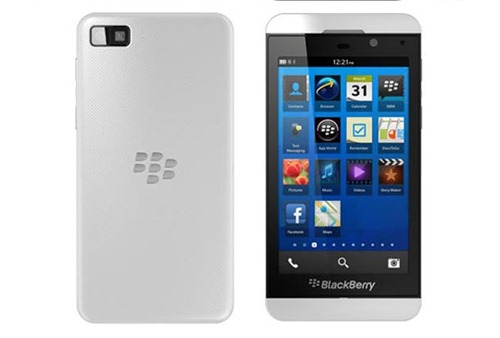

We may earn revenue from the products available on this page and participate in affiliate programs. Learn more ›
The new Human++ system adds one very powerful new peripheral to Android smartphones: your own body. It interprets electrocardiogram (ECG) readings, and can be used for medicinal or recreational purposes: Let your doctor know that you’re having a heart attack, or let your Facebook friends know that you’re playing basketball.
Created by Dutch research firm IMEC, Human++ is a type of wireless BAN (body area network). This particular version uses a dongle that actually plugs into your phone’s microSD slot (which is one reason it’s limited to Android–the iPhone, for one, doesn’t have a microSD slot) and receives data over a low-power radio system. Though Bluetooth is more popular, the nRF24L01+ frequency was chosen for its low power requirements. IMEC says a Bluetooth connection would barely last the day, while the RF frequency can last a week.
The sensors from one of IMEC’s low-power ECG systems are on a sort of transmitting necklace which communicates with this dongle. That dongle in turn can issue status updates as well as send alerts to a doctor via the smartphone’s 3G or Wi-Fi connection–a major step up from the old system, which actually used landlines.
There are non-medical uses for the tech too–athletes and trainers are interested in the ability to remotely track the inner workings of the body in real-time. It’s not clear how the system might work with phones, like iOS, Palm WebOS, and Microsoft Windows Phone devices, that don’t have expandable microSD slots–maybe an external dongle, rather than a (neater, certainly) internal one.
Using consumer tech to monitor health seems to be a big trend these days: Webcam monitoring, infrared glucose tests, and all kinds of helpful machines are popping up, using gadgets we already have in new and helpful ways.
The Human++ system is still in development, but shows a ton of promise, as proven by the positive reaction it got upon its introduction at this year’s Wireless Health Conference in San Diego.
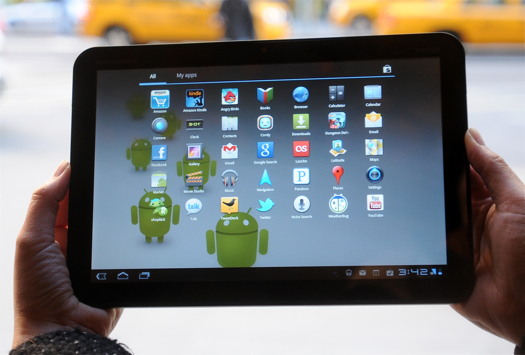
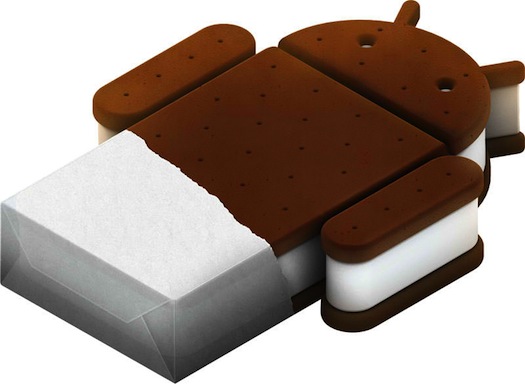
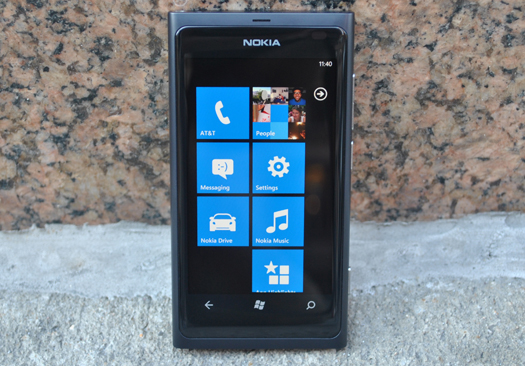
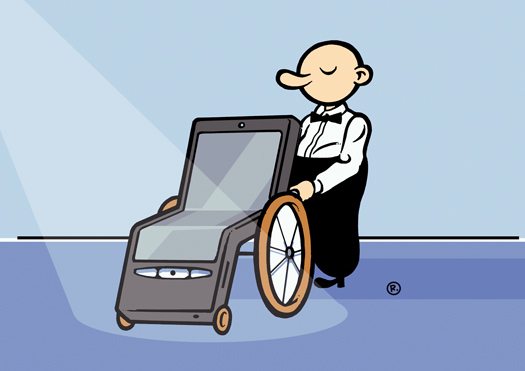
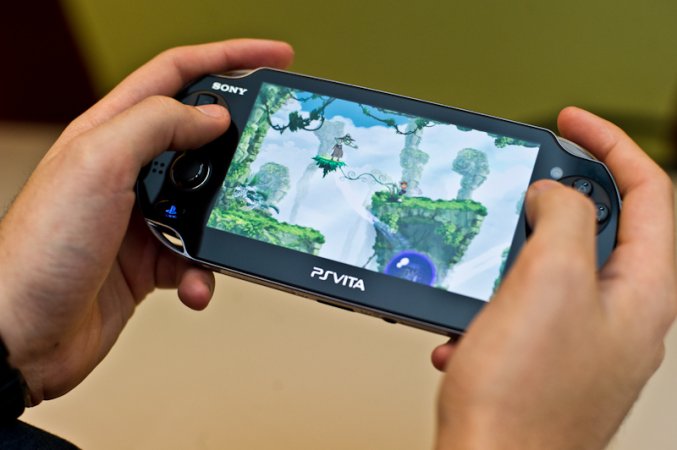
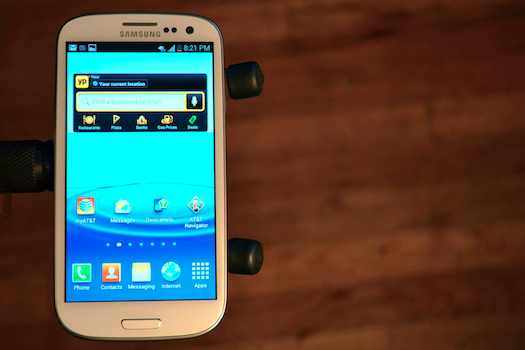
![Samsung’s Galaxy Camera Is The Camera Of The Future [Review]](https://www.popsci.com/wp-content/uploads/2019/03/18/6S7NO25O7SXS4Y7624QFSJRIYY.jpg?quality=85&w=525)
